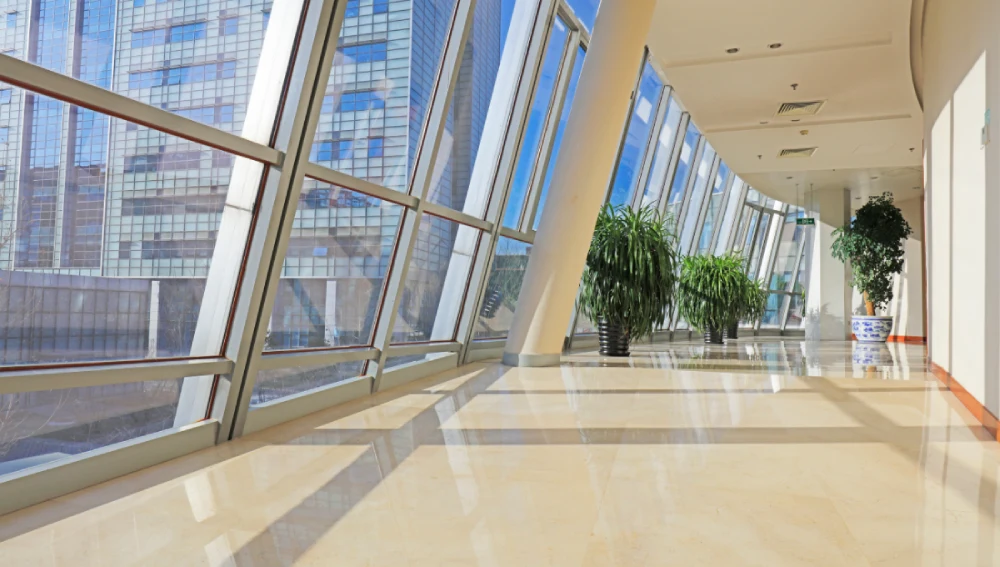Glass has become a very essential material in modern construction. Due to its esthetic appearance and functional benefits, glass becomes one of the most crucial components of modern architecture.
In this blog, you will learn about the uses of glass in construction, its benefits, and types normally used.
Application of glass in construction
As technology advances, the applications of glass in construction continue to expand. From functional uses like windows and doors to advanced technologies like smart glass and solar glass and whatnot.
Windows and Doors
Glass windows and doors are fundamental in any building. They allow natural light to enter the building interior, which not only reduces artificial lighting consumption but also adds to interior comfort.
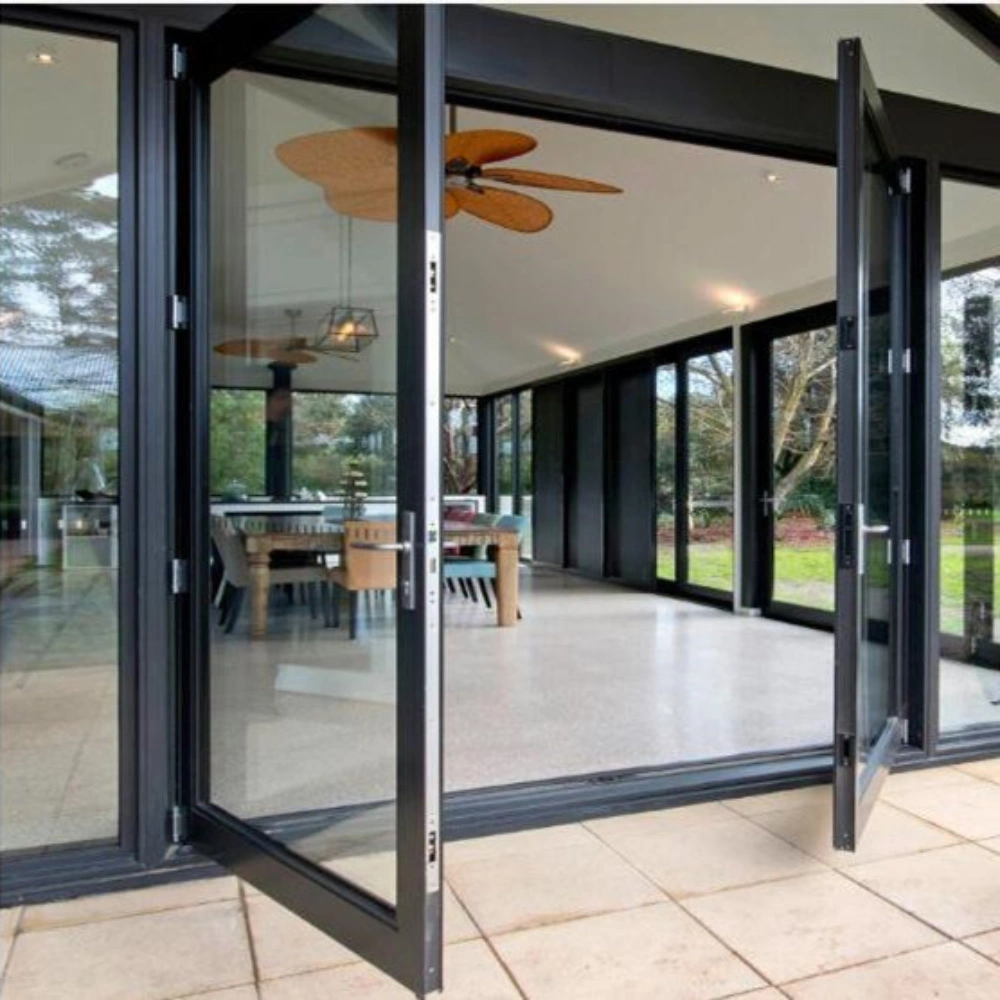
They also allow ventilation and outside views, enabling a better relationship with the outdoors.
Curtain Walls
They provide structural support, tightness against weather conditions, and aesthetic appeal.
Notably, curtain walls also enable energy efficiency due to provisions for controlled daylight penetration and are designed to reduce significant heating and cooling loads.
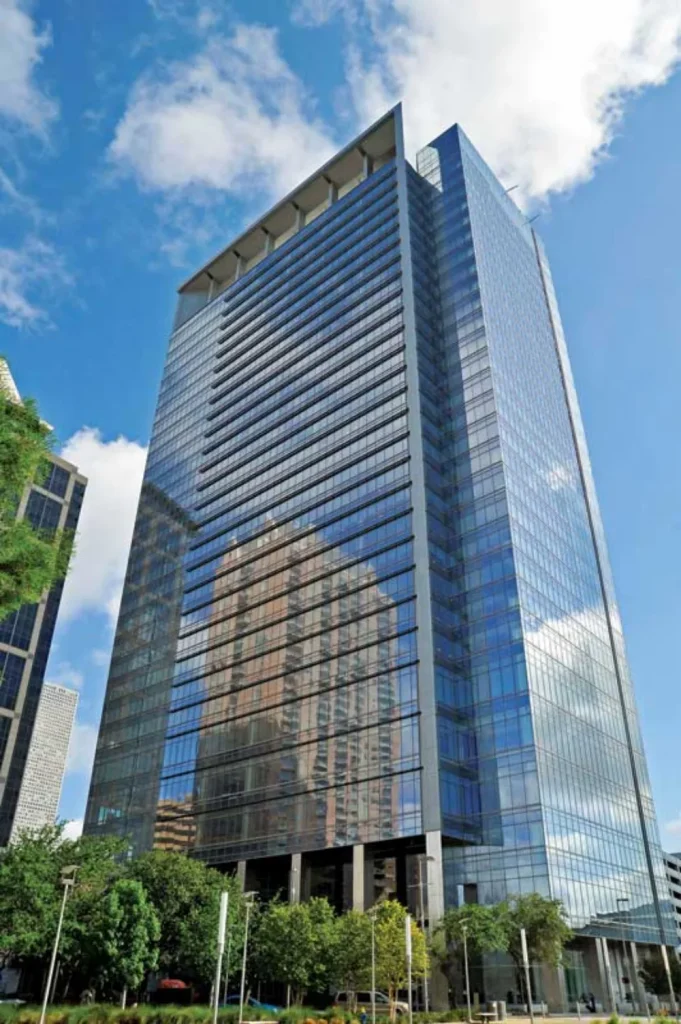
Spandrel glass
Basically, a spandrel is a portion or part of a curtain wall system. In a multi-story building, it also entails the floor slabs and covers, concealing structural components of a building like vents, columns, floors, HVAC systems, and plumbing. They are often fabricated with opaque glass, metal panels, or stone.
Their application offers aesthetic continuity and may be insulated to improve the thermal performance of buildings.
Skylights
It gives another level of an aesthetic and a cool look to your house. Skylights are a type of windows installed in the roofing to let in natural light into a building’s interior areas where it is totally impossible to fit in conventional windows.
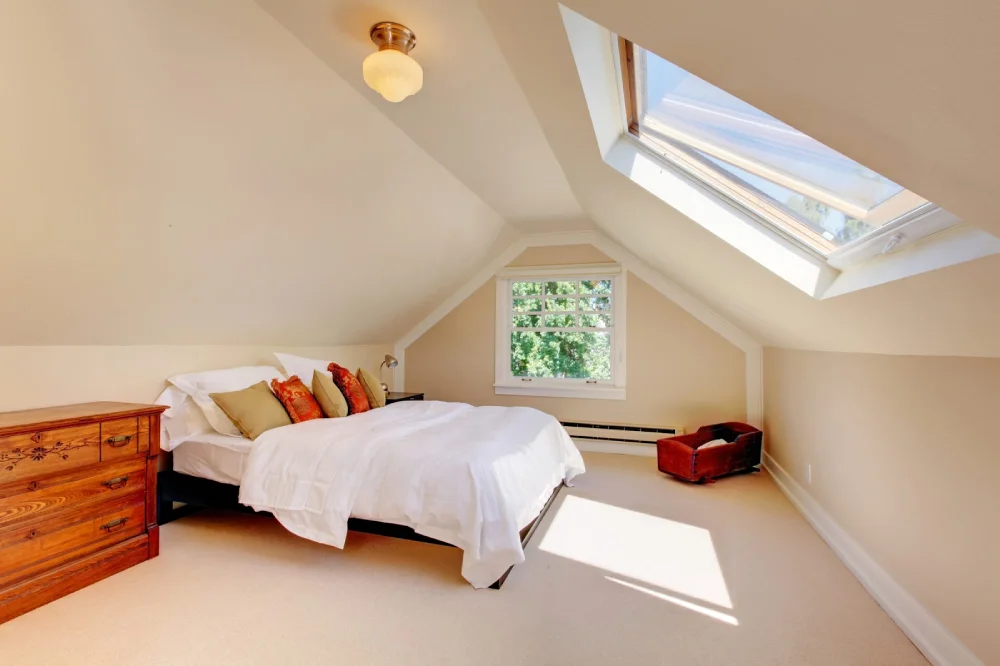
They reduce energy costs and, in addition, could offer ventilation where they are operable. Skylights are particularly popular in residential, commercial, and industrial buildings.
Additionally, they also provide passive solar heating and reduce the cost of heating in colder climates.
Glass Floors and Staircases
Glass used for flooring and staircases create open appearances and are modern look that add to architectural designs. They are used in both residential and commercial settings. They enhance the visual appeal and allow light to penetrate into multiple levels of a building.
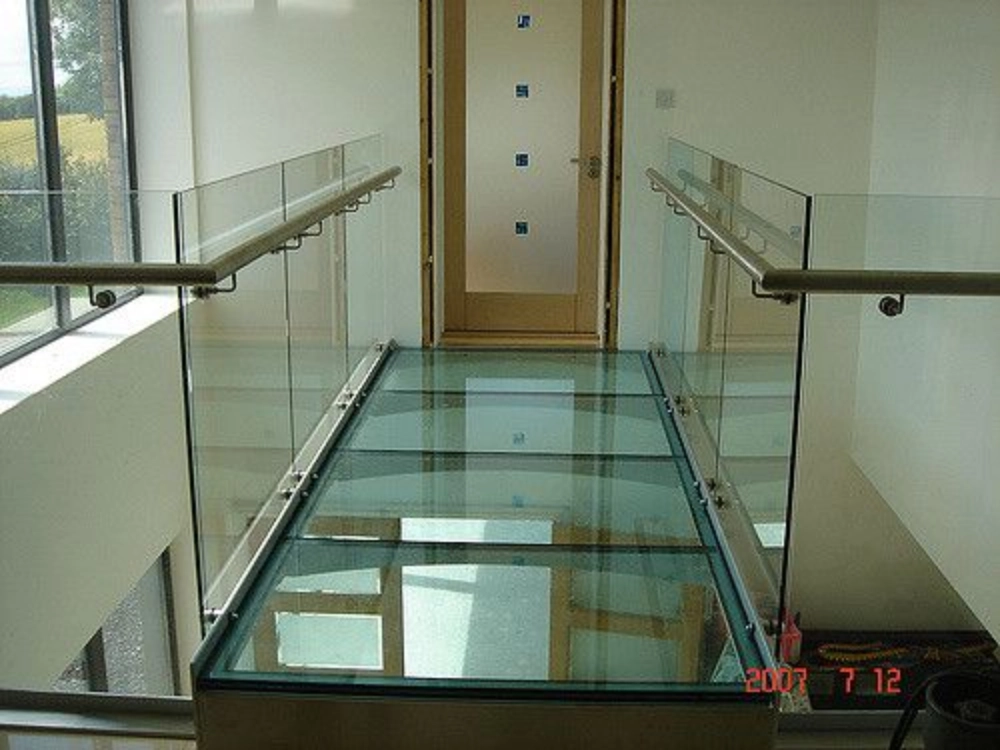
Facades
Glass facades in exterior completely change the appearance of building, making it more attractive. These are used in modern architecture to create a sleek, contemporary look for buildings. Unlike other type of glass, it provides thermal insulation, soundproofing, and weather resistance while allowing ample natural light to enter the building.
A proper combination with other materials like metal or stone creates unique and visually striking designs for buildings.
Types of glass for construction
Annealed Glass
Annealed glass is commonly used for windows and doors in both residential and commercial buildings, as well as for interior partitions that do not require additional strength or safety features. It is produced by slowly cooling molten glass to remove internal stresses, resulting in a smooth, flat surface
It has moderate strength and can be easily cut and processed. It is typically available in thicknesses ranging from 3 mm to 19 mm.
Float glass
Float glass, also called soda lime glass or clear glass is widely used in various applications, including canopies, shop fronts, glass blocks, railing partitions, display cases, and furniture.
It is produced by floating molten glass on a bed of molten metal, typically tin, which results in a clear and flat surface. Its modulus of rupture is 5,000-6,000 psi. It is available in standard thicknesses ranging from 2mm to 20mm. By its chemical composition, it consists of 72% silica, about 14% of soda, around 10% of lime, and minor amounts of other compounds. It is also a base material for further processing into tempered, laminated, and coated glass products. Due to its high transparency, it can cause glare. It is used in making canopies, shop fronts, glass blocks, railing partitions, etc.
Tempered Glass
Tempered glass is created by heating annealed glass to approximately 620 degrees Celsius and then rapidly cooling it. This increases its strength by about four to five times compared to annealed glass.
This makes it highly tough and is thus used very widely in shower doors, glass doors, and automotive side and rear windows. The strength in tempered glass is high from the tempering process, and upon breakdown, it shatters into small blunt pieces to ensure low injury.
Laminated Glass
Laminated glass is composed of two or more glass panes bonded together by an interlayer—usually made from polyvinyl butyral (PVB) or ethylene-vinyl acetate (EVA). This construction ensures that, when broken, the glass retains its fragments, providing enhanced safety and security.
This form of laminated glass is widely used in safety glazing applications, which take in skylights, overhead glazing, and railings, and also in security glazing applications, for example, bank teller windows and display cases. Laminated glass comes with tuned strength plus extra acoustic insulation and UV protection.
The thickness of laminated glass, therefore, varies depending on the number of glass layers and the thickness of the interlayer, which makes it a versatile choice for many various safety and security needs.
IGUs
It is composed of two or more glass panes separated by an air space and hermetically sealed at the edges. The space between the panes may additionally be filled with an inert gas like argon or krypton to enhance the thermal performance.
IGUs are frequently installed into energy-efficient windows for residential and non-residential applications, to afford comfortable degrees of thermal insulation. They are also fitted into curtain walls to offer energy efficiency through large glass facades.
Technical specifications for IGUs include very low thermal conductivity, hence greatly enhancing energy efficiency.
Tinted glass
It has added colorants that absorb some of the sunshine. It helps in the reduction of glare and solar gain. It thus eases the amount of solar exposure entering the building and thus, to a large extent, will assist in the reduction of cooling loads.
Tinted glass is also popular in car glass to offer comfort and privacy. In terms of technical specifications, tinted glass has a variable visible light transmittance (VLT) based on the class of tint, and a lower solar heat gain coefficient (SHGC) compared to clear glass, which duly reduces the ingress of heat.
Advantages of Using Glass in Buildings
• Reducing the need for artificial lighting and energy consumption, glass allows daylight to penetrate the building. Advanced glazing, including Low-E coatings and insulated glass units, improves thermal insulation, thus reducing heating and cooling costs.
• Due to excellent sound insulation, guaranteed by the dampening of sound vibrations by the laminate, it is compatible with all noisy areas, which is more appreciable in urban environments, ensuring comfort in acoustics within a building.
• Glass can also be designed to meet particularly individual needs through various colors, textures, and finishes to create a tailor-made style suitable for customer wants.
Conclusion
Beyond its aesthetic allure, glass offers remarkable versatility. The adaptability makes it an essential material in both residential and commercial architecture. In urban landscapes crowded with steel and concrete, glass introduces lightness and fluidity, bridging the gap between the built environment and the natural world. The future of construction will undoubtedly see glass taking on even more significant roles, integrating advanced technologies like smart glass that can adapt to our needs in real-time.
FAQs
Energy-efficient glass, such as double-glazed or low-emissivity (low-E) glass, reduces heat transfer, keeping buildings cooler in summer and warmer in winter. This lowers energy consumption for heating and cooling, making buildings more sustainable.

